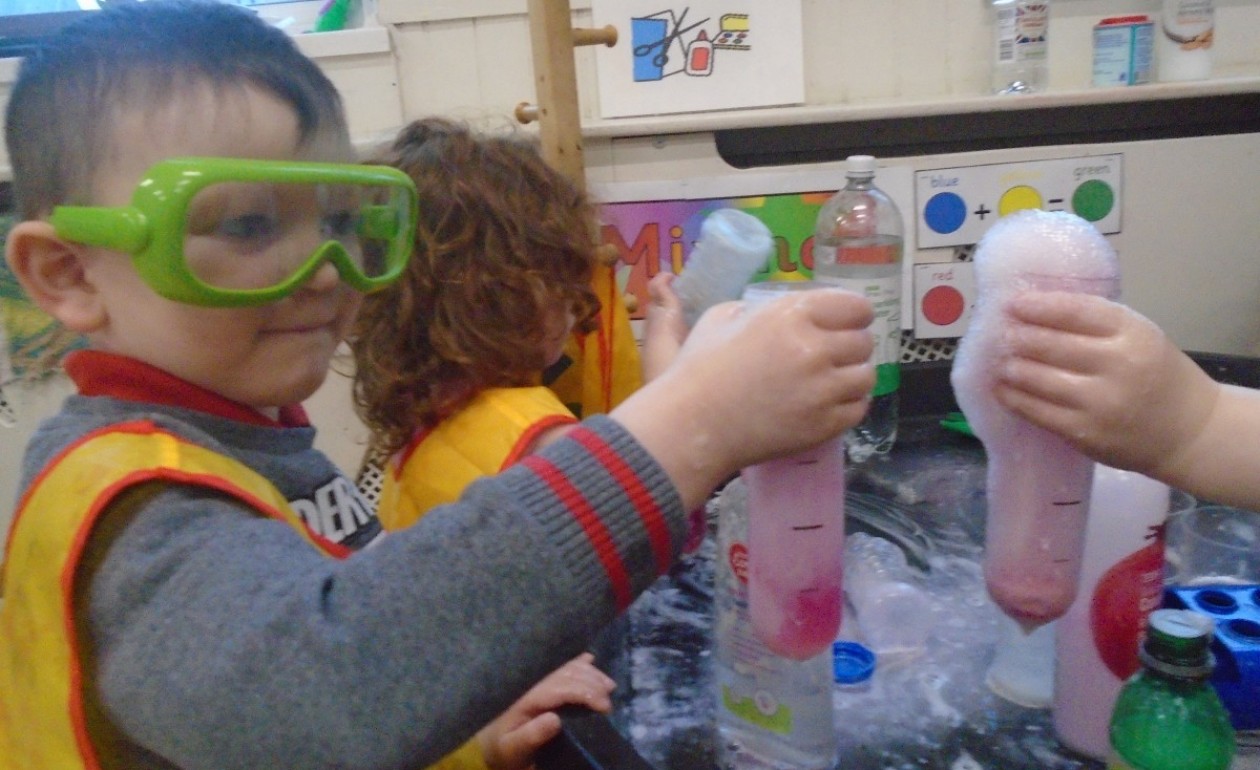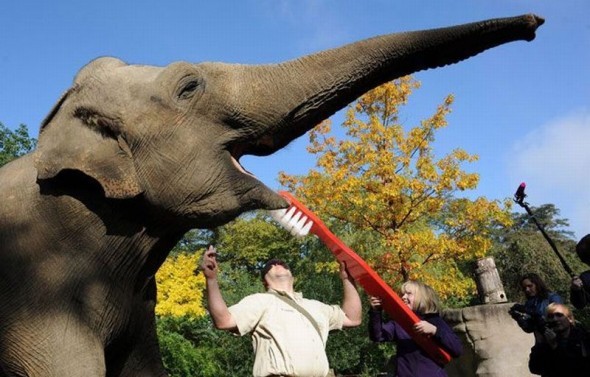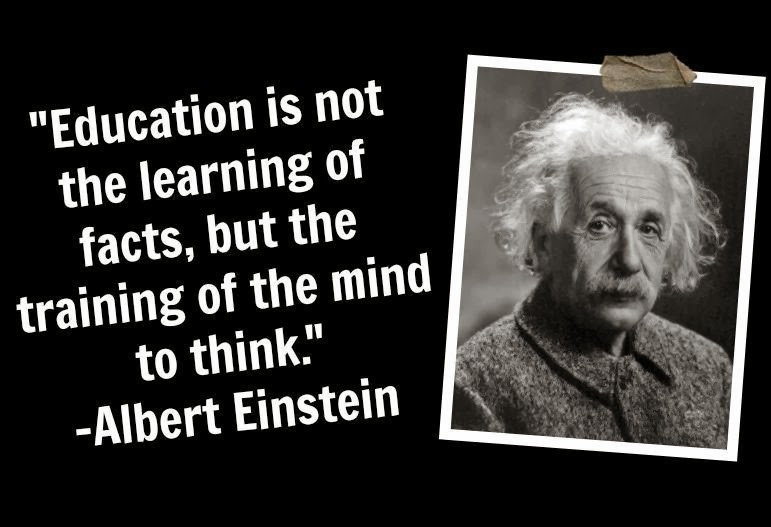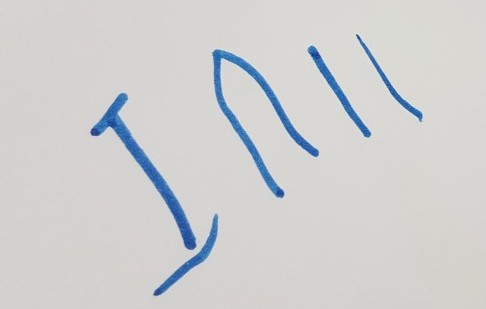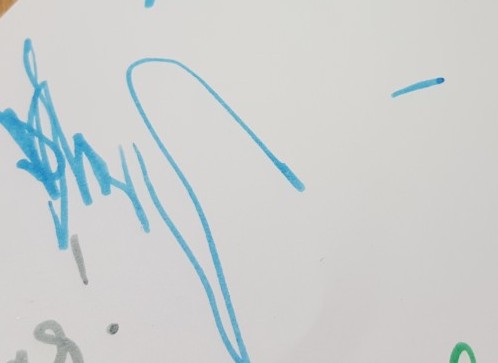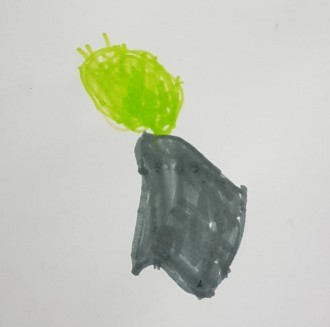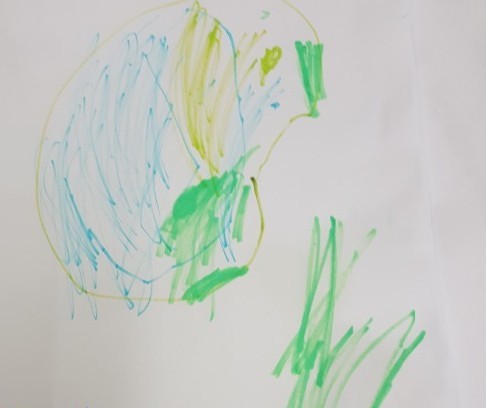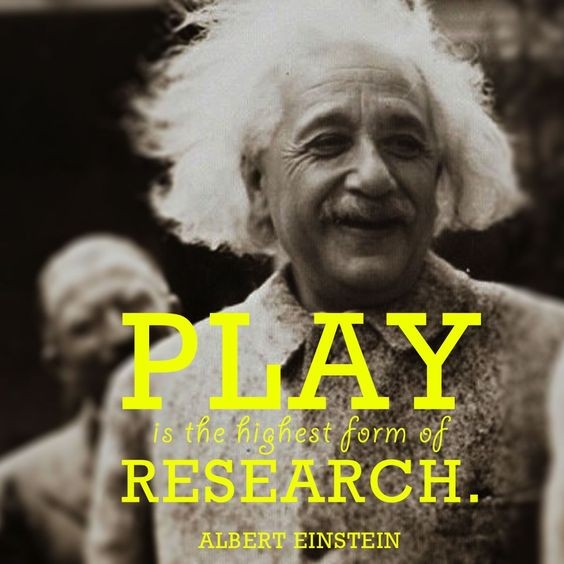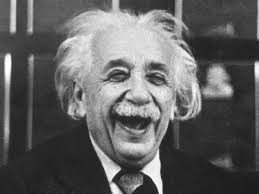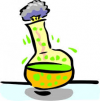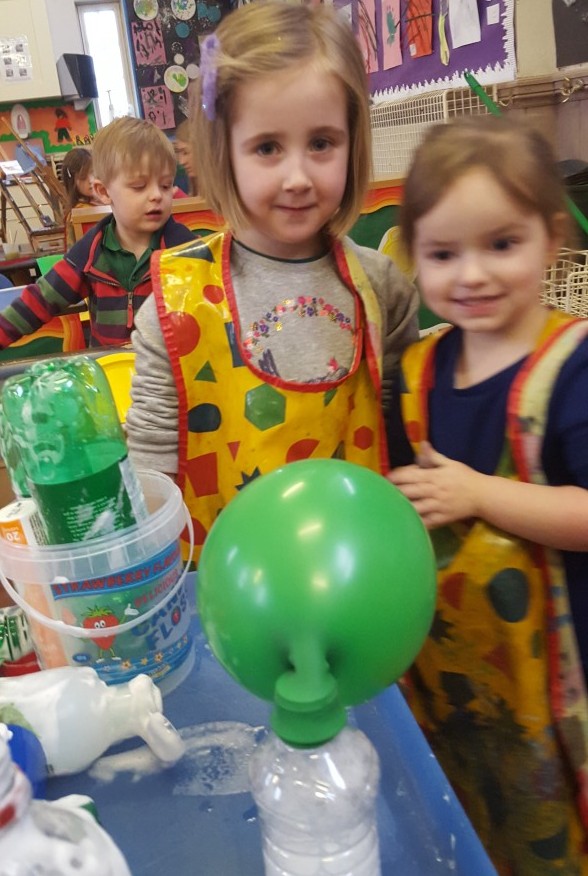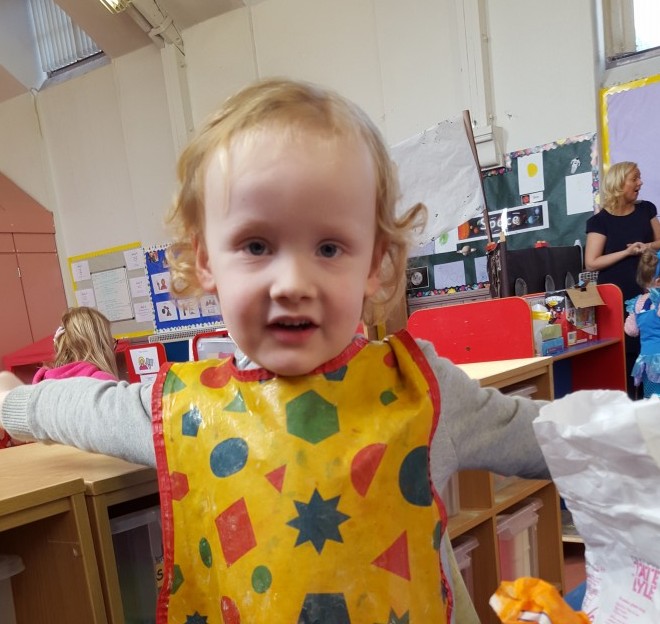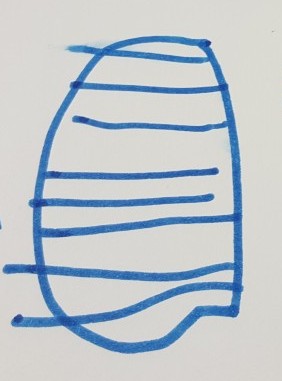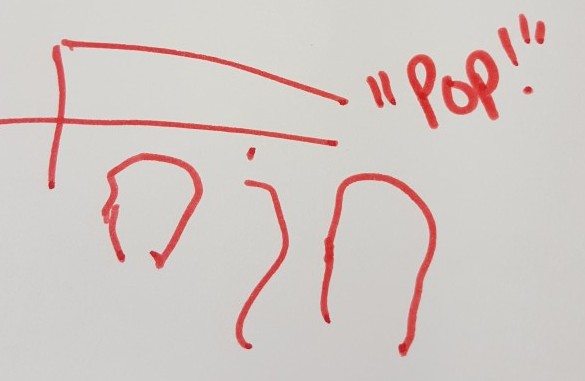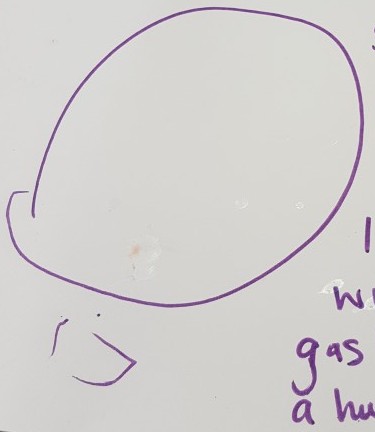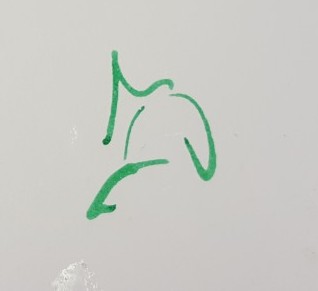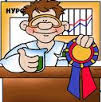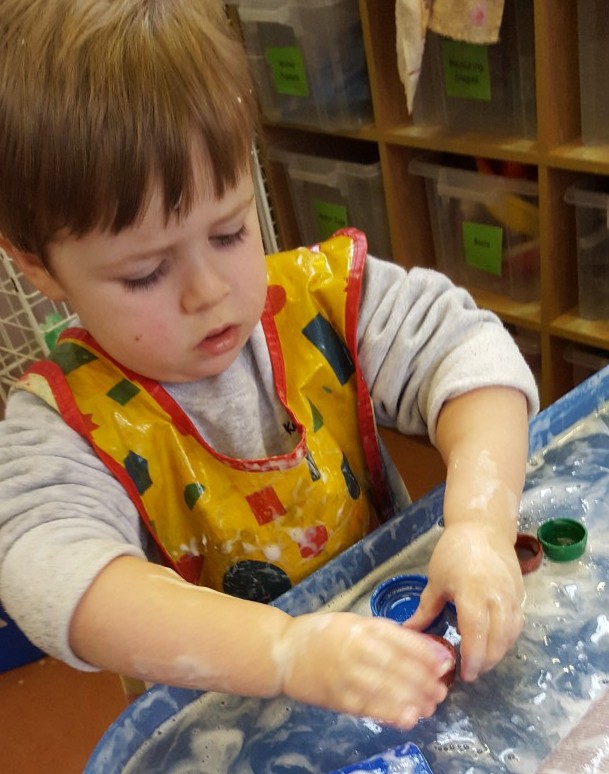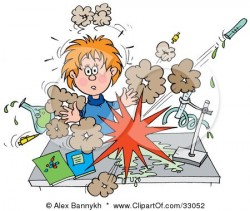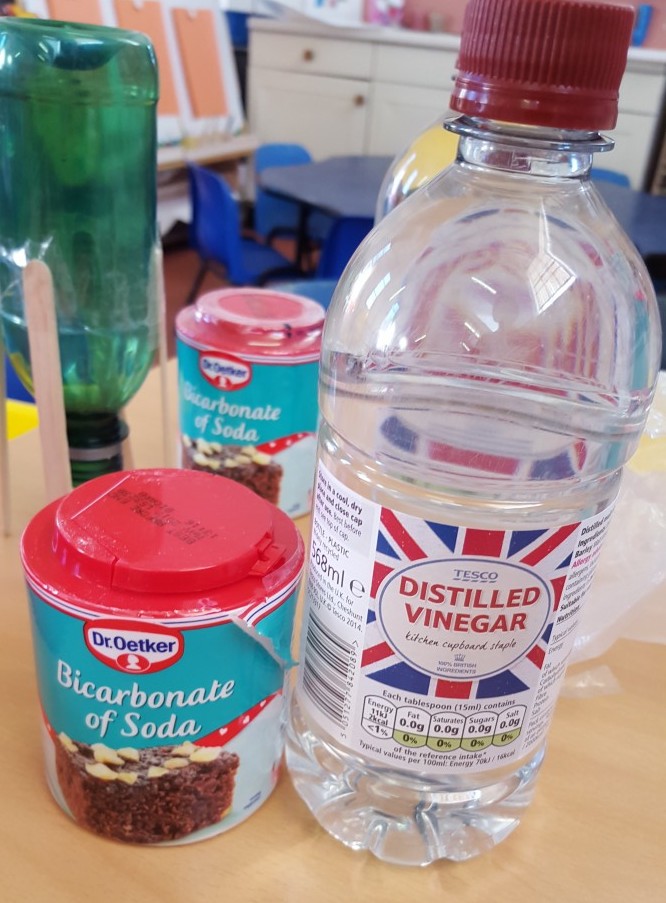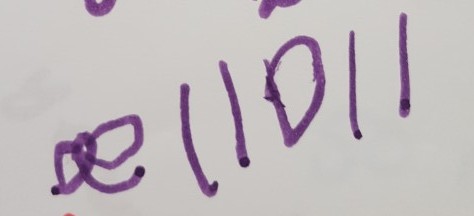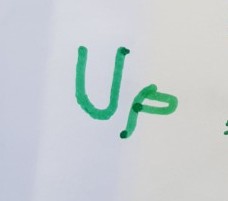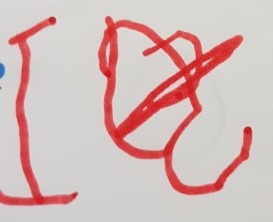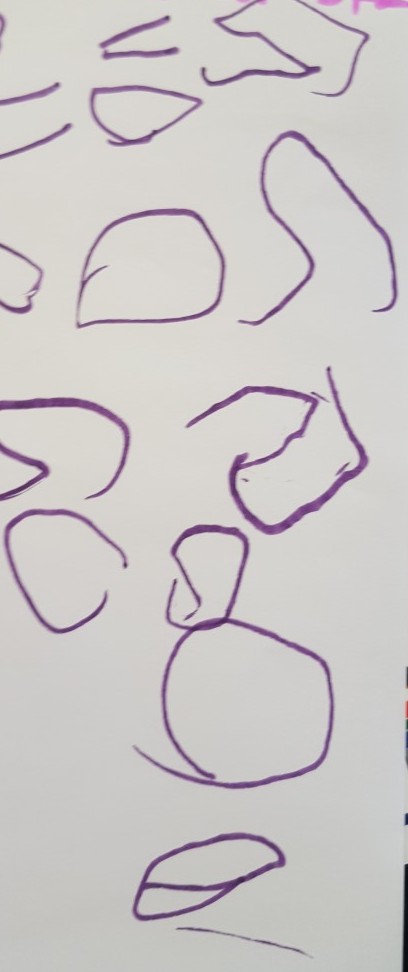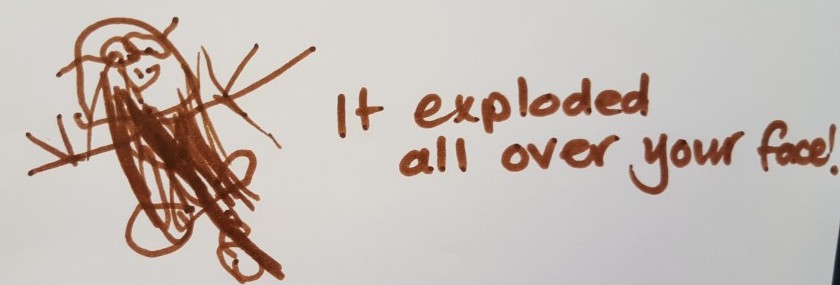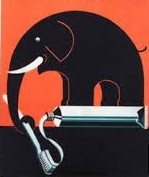After the excitement about the erruptions, explosions and gaseous experiences, I thought it only appropriate to revisit elephant’s toothpaste but this time with the main building children.
We used the same ingredients as last time.
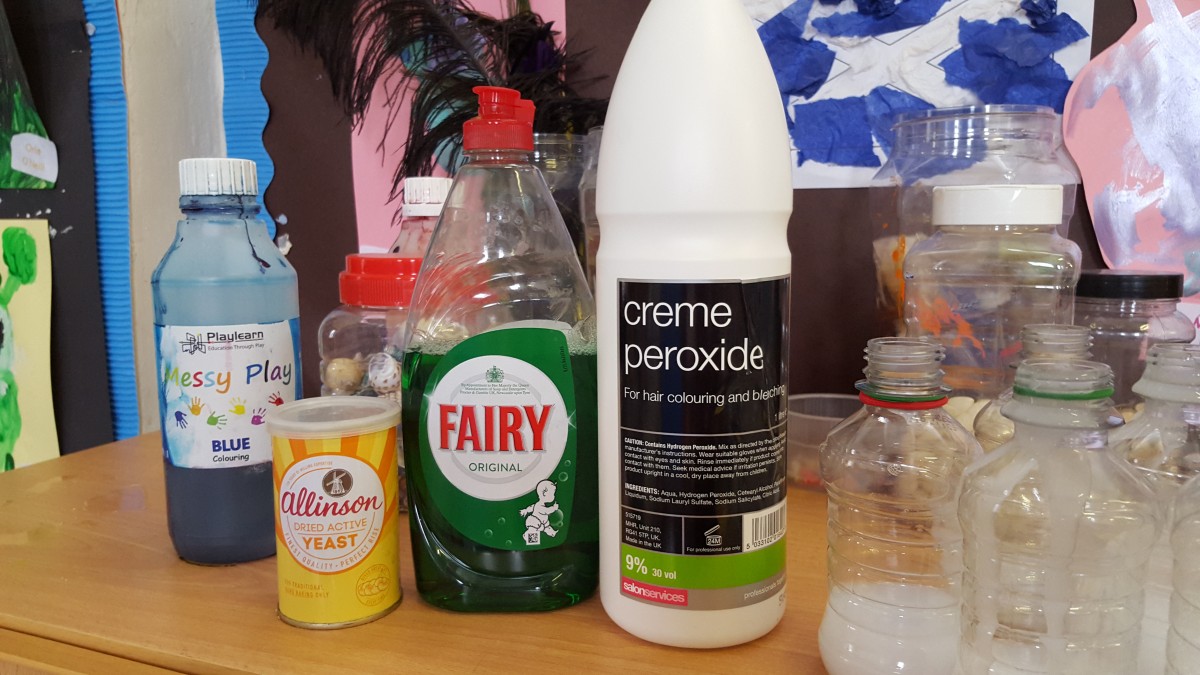
The same safety rules applied..
“No touching the bottles!” – Gabi
However, this time we added a little more of a hands on approach with the children using the droppers to add the yeast. This allows the children a level of responsibility (managing their own, all be it small, risk) which adds a level of engagement and greater involvement in the learning.
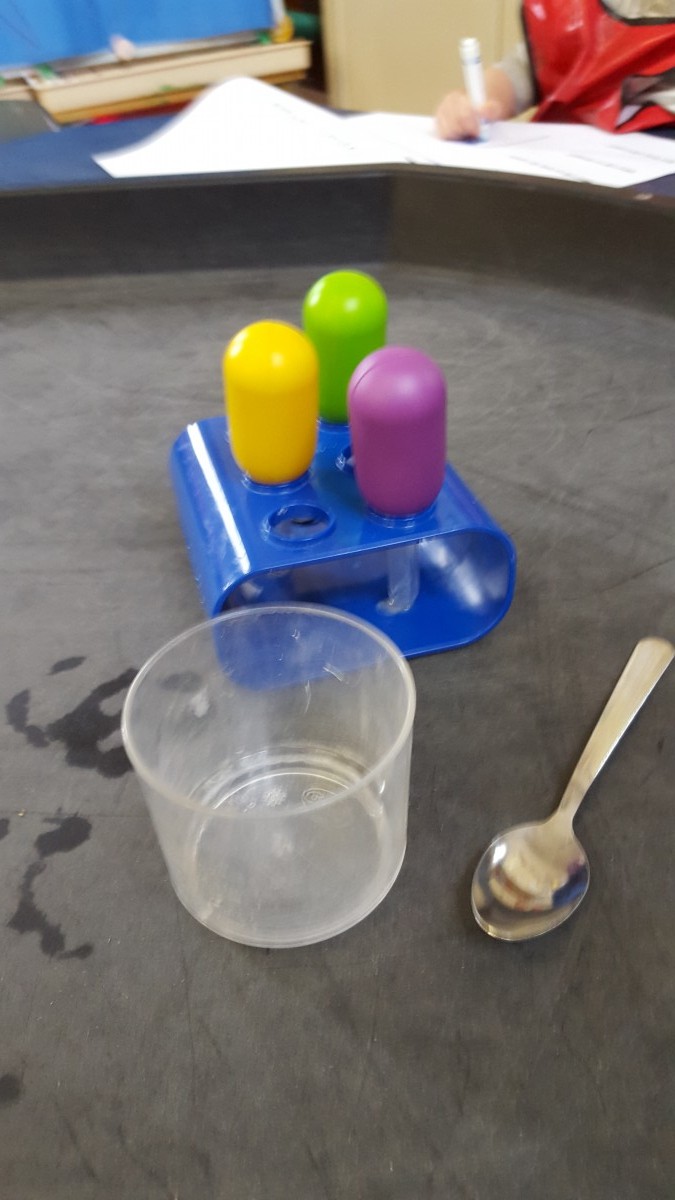
There were a number of predictions in which the children applied knowledge gained from previous experiences….
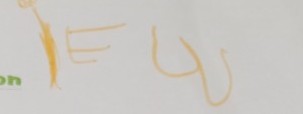
“It’s going to besplode!!” – Heidi
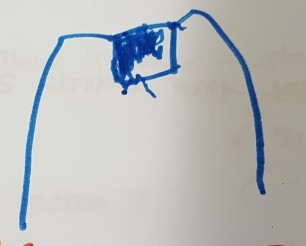
Lara even used the correct vocabulary when making her prediction!!
“I predict it’ll go right up to the roof and back down” – Lara

But first we had to mix the yeast. This offered opportunity for the children to engage with real measure (of a spoonful) and counting the spoonfuls to add. They also had to take turns to mix the yeast as I deliberately only offered one spoon and one beaker.
“Eeeuurgh it smells like a swamp or a dirty shoe!” – Ryan D.
Then we had to use those important hand muscles to squeeze the washing up liquid to the hydrogen peroxide that I had already poured into bottles.
And so we were ready to add the yeast…
And the results were quite good.
“Ross’s stayed the same but mine BESPLODED!!” – Heidi
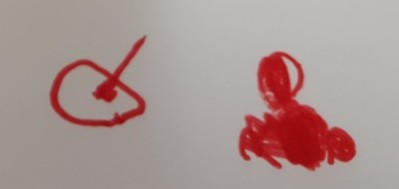
So why did it explode? We analysed the experiment..
“It was because we put too much yeast in” – Heidi
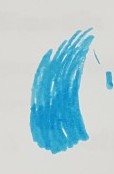
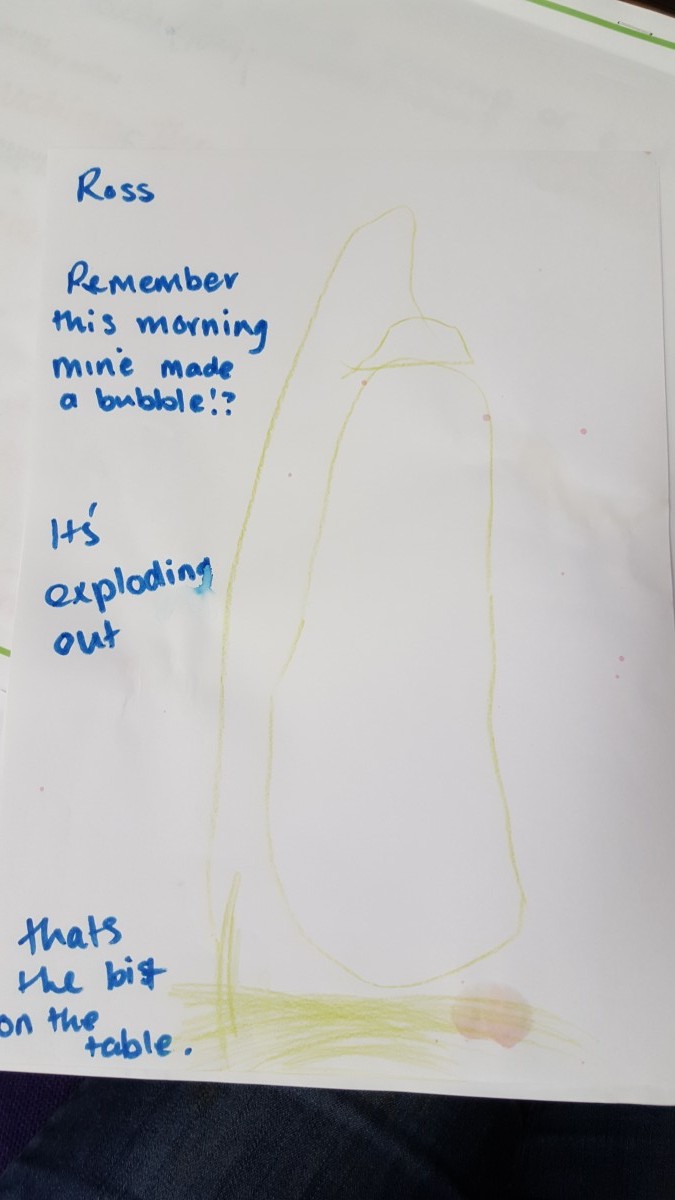
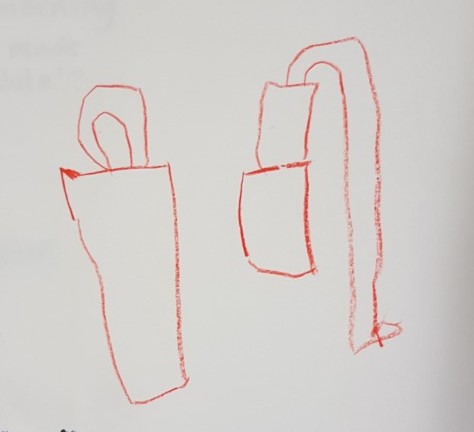
The foam that it created was warm and harmless as the yeast had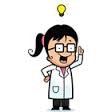 mixed with the hydrogen peroxide, burning all the peroxide away and releasing heat and oxygen which mixed with the washing up liquid to create the foam. Some of the mixtures needed a little help to get going so I gave them a little shake to mix them up and that worked a treat.
mixed with the hydrogen peroxide, burning all the peroxide away and releasing heat and oxygen which mixed with the washing up liquid to create the foam. Some of the mixtures needed a little help to get going so I gave them a little shake to mix them up and that worked a treat.
And of course the harmless foam was lovely for making patterns and marks (early writing) and exploring the colour mixing (yet more science)!
So what next?
Well Ryan gave us an excellent question to explore..
“What does disolve mean?” – Ryan
But the mixing of the coloured foam revealed another area to explore as the children created new colours.
“Look what colours I can make!” – James
And then I discovered Brandon’s interest in Angry Birds and thought about how we could explore forces further with catapults and towers…….hmmm
But Holly made it clear what we should do on Monday..
“Aww Ailie, I never saw the science today. Can we do it again on Monday?” – Holly
Well how could I resist? And I just so happen to have bought a stronger concentration of peroxide – I wonder what difference that will make?
Why not help me decide what direction to take after Monday? I will of course ask the children but please add your ideas too! Is there an experiment or science area you would like us to explore? Let me know!
In the meantime why not try to recreate some of these chemical reactions at home? You can buy hydrogen peroxide at Sally’s in the town and the yeast is available in the baking section of Tesco. Antibacterial washing up liquid doesn’t work so well so just go for the original kind, bubble bath works also.
Good luck and happy experimenting!
